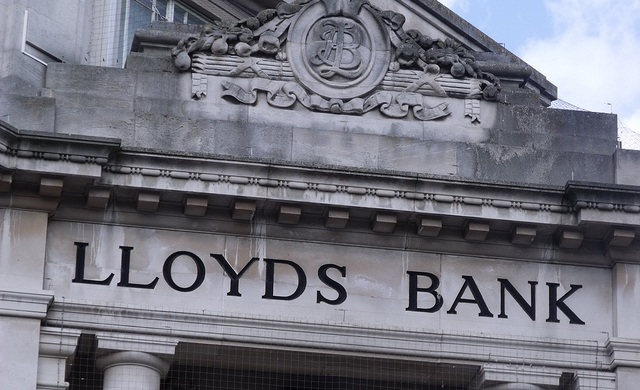Lloyds Banking Group (LSE:LLOY) share price closed at 68.47 as July trading came to a close yesterday. The bank released its half-year report at 7:02 this morning. By 8:22 am its share price has reached 72.98. By 10:14 am, it was at 74.41. At 13:00 it had ascended to 74.85. Lloyds’ share price has not been this high since mid-October 2011. It has now rebound by a factor of 3.3 times the 22.24 that it tanked at on 22 November 2011. It’s still a long, hard climb back to the good old days when the stock traded at over 300.00, but it continues to progress in the right direction.

Performance
António Horta-Osório touted the bank’s impressive results, saying that, “In the two years since we set out our strategic plan to become the best bank for customers, we have transformed the Group with increasing momentum, reshaping the business to focus on our core UK franchise, significantly reducing costs and risk, and simplifying and improving our service, products, and processes. As a result, we are now well on track to create a bank with a leading cost position, lower risk, a lower cost of equity, and products and services focused on our customers’ needs, to deliver strong, stable and sustainable returns to our shareholders.”
Lloyds reported all numbers in underlying terms, excluding the amortization of of purchased intangible assets, the unwind of acquisition-related fair value adjustments, the effects of “certain asset sales, liability management and volatile items,” volatility resulting from its insurance business, simplification costs, and costs related to the Verde project. This is not only fair for the bank, it is fair for regulators, customers, shareholders and stakeholders, and the Chancellor. It gives a much clearer picture of where the bank stands and the probability of where it is headed.
Profit
Lloyds returned a statutory pre-tax profit of £2,134 million versus a loss of £456 million for the same period last year. The underlying profit was £2,902 million, generated on a 2% increase in underlying income of £9,464 million. The bank realized a 6% increase in cost reductions to a total of £4,749 million.
The bank continued to strengthen its balance sheet through its program to reduce some exposure to risk and to eliminate other exposure entirely, including completed withdrawing from doing business in 17 different countries in a strategy to focus on its core business in the UK. By the end of 2013, the bank hopes to be operating in no more than 10 countries.
Privitization
It has been well-known for some time now that Chancellor Osborne has targeted 61.00 pence as the point at which he would be willing to sell off the UK taxpayer’s interest in the bank. Lloyds first passed that mark on 13 May this year and hasn’t looked back. It remains to be seen if, now that the stock is charting in the mid-70’s, the taxpayers or parliament will settle for an asking price of 61.00.
That would be a great bargain for institutional investors that want a windfall, but I think that once the proposition to sell off the taxpayers’ interest in the company becomes profitable – something that governments don’t understand – it would be downright foolish, even utterly stupid, for the government to not make a profit on its investment. After all, would it really upset the system that much if the government generated a profit on the bailout? It might even change the whole negative connotation of “bailout” in the process.


 Hot Features
Hot Features












